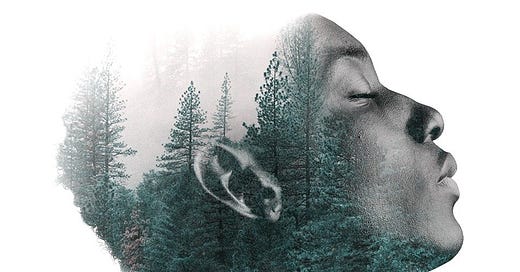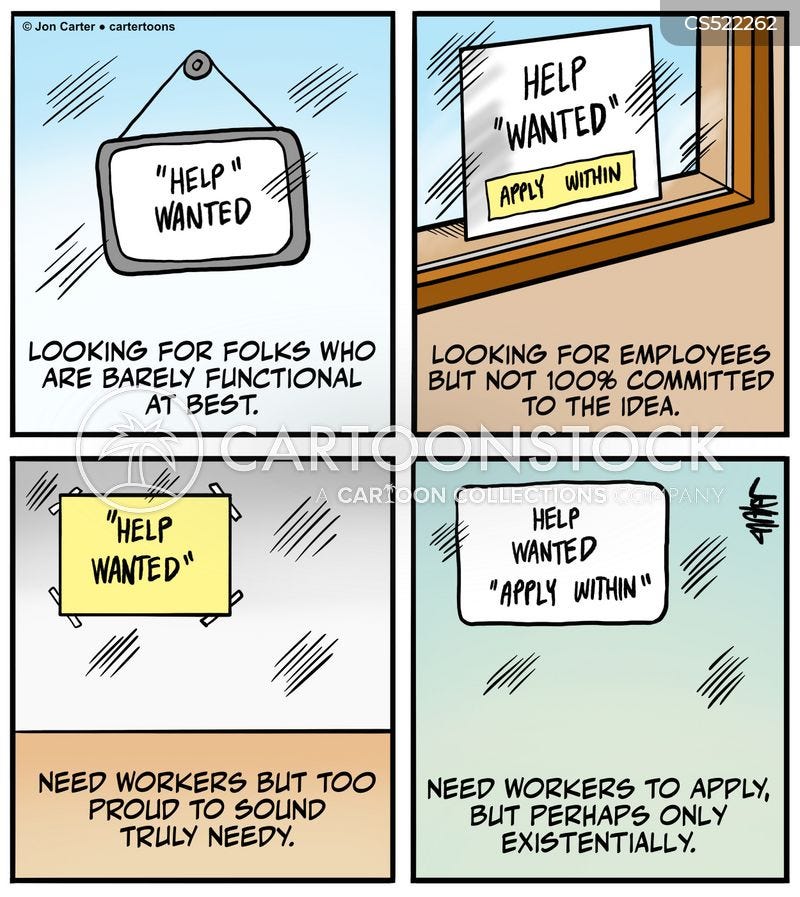Men's Health Week June 9-15, 2025 #menhealth
As we mark International Men’s Health Week, it's crucial to reflect on the often-overlooked challenges men face when it comes to mental health and suicide prevention. Around the world, men are more likely to die by suicide, less likely to seek help, and more likely to suffer in silence. But change is possible — and it begins with honest reflection and open dialogue.
Below are five key areas to think about — whether you're reflecting as an individual, a team leader, or someone who simply cares.
Why are men more likely to die by suicide than women?
In Singapore, men were twice as likely to die by suicide as women in 2023. Globally, this figure ranges from two to four times more. Yet, men are also less likely to disclose suicidal thoughts to health professionals and tend to progress more quickly from suicidal ideation to action. The underlying causes are complex and not yet fully understood — involving psychological, social, and cultural dynamics.The gender paradox in suicidal behavior and its impact on the suicidal process
An important gender difference has been reported regarding suicidal behavior with an overrepresentation of females in nonfatal suicidal behavior and a preponderance of males in completed suicide, also known as the ‘gender paradox of suicidal behavior’. The concept of a ‘suicidal process’ classifies suicidal behavior chronologically; this process starts with suicidal ideation and then implies a progression of suicidality ranging from suicidal ideation over plans to suicide attempts and finally fatal suicide.
concept.
…Several factors had a gender-dependent impact on suicidal behavior: psychosocial life stressors such as stressful life events but also sociodemographical or socio-economical factors, and sexual abuse. The gender differences in psychiatric (co)morbidity and in response to or attitude towards antidepressant treatment also appear to have an impact. Furthermore, not only suicide methods but also the gender-dependent variation in reporting suicide has an influence. Finally, the gender differences in help seeking behavior as well as region-dependent cultural beliefs and societal attitudes are discussed.
Schrijvers, D. L., Bollen, J., & Sabbe, B. G. (2011). The gender paradox in suicidal behavior and its impact on the suicidal process. Journal of Affective Disorders, 138(1–2), 19–26. https://doi.org/10.1016/j.jad.2011.03.050
Point of reflection: What cultural, social, or psychological factors might contribute to this global trend?
Call to action: Reflect on this and share your thoughts in the comments — or discuss it with someone you trust.What beliefs or barriers might prevent men from seeking help — and how can we address them?
Despite advances in healthcare, men continue to access professional mental health services far less frequently than women. Across all age groups and backgrounds, men show lower help-seeking behavior — even in the face of distress, addiction, or chronic health conditions. Help-seeking is a core coping skill, yet masculine norms such as emotional stoicism and self-reliance often serve as barriers.
Point of reflection: What beliefs or barriers might prevent men from seeking help, and how can we address them?
Call to action: Consider how these patterns might show up in your own life, workplace, or community — and how they could be shifted.What has worked for you or your team in shifting attitudes toward mental health help-seeking?
Encouraging help-seeking in men requires intentional strategies. Research has identified effective methods such as using relatable male role models, distributing psychoeducational materials tailored to men, and promoting emotional literacy. Creating solution-focused content, signposting mental health services, and reinforcing positive masculine values — like responsibility and courage — can also make a difference.
Interestingly, many men report a change in perspective after receiving professional support. They often begin to view mental health issues through a strength-based, solution-focused lens and reflect more critically on traditional masculine norms. Male-only support spaces have also proven valuable.
Point of reflection: What has worked for you or your team in shifting attitudes toward mental health help-seeking?
Call to action: Share your experiences, insights, or highlight someone whose work in this space inspires you.Which resilience-building strategies have you found most helpful — and why?
Suicide remains one of the leading causes of death globally, but resilience is emerging as a powerful protective factor. Five core elements of suicide resilience include social support, coping strategies, psychological capital, meaning in life, and a sense of responsibility. Additional traits — such as optimism, flexibility, spiritual beliefs, physical and brain fitness, and strong moral values — also contribute to one’s ability to weather life’s storms.Sher, L. (2019). Resilience as a focus of suicide research and prevention. Acta Psychiatrica Scandinavica, 140(2), 169–180. https://doi.org/10.1111/acps.13059
Point of reflection: Which of these resilience-building strategies have you found most helpful — and why?
Call to action: Take a moment to reflect on the habits, practices, or relationships that strengthen your resilience — and share them with others.What practical steps can you or your team take to recognize and respond to suicide warning signs?
For every suicide death, there may be up to 20 additional attempts. And far more individuals experience suicidal thoughts. In Singapore, 1 in 4 people seriously considered suicide or self-harm in 2023, with 1 in 10 doing so on multiple occasions.
Often, those at risk turn first to informal support — family, friends, colleagues, and supervisors. This means everyone has a role in suicide prevention. Knowing how to recognize early warning signs and respond with empathy and support can save lives.
Point of reflection: What practical steps can you or your team take to recognize and respond to suicide warning signs in your circles?
Call to action: Start a conversation. Equip yourself. Show care.









